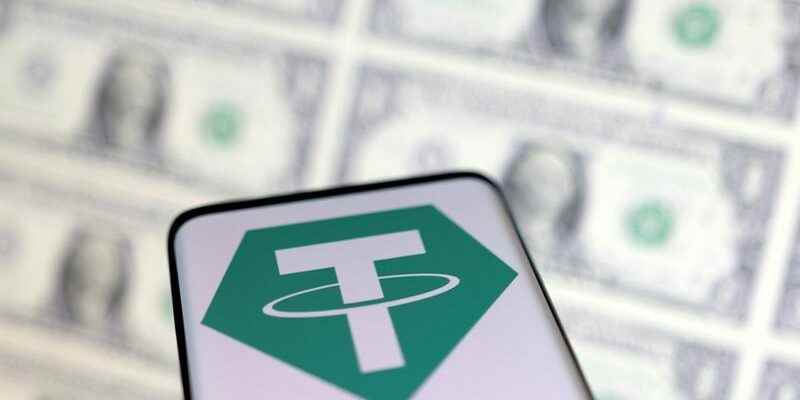© Reuters
Investing.com – The world’s largest stablecoin by market capitalization, , makes headlines from time to time. This year, this has been especially the case due to market turmoil, such as that following the collapse of Terra and the fall of FTX.
At the heart of the matter is the fact that Tether still hasn’t disclosed which assets are backing the stablecoin. Given this, the company is also a thorn in the side of many supervisory authorities.
The main reason for the decline of the FTX ecosystem is that the companies founded by Sam Bankman-Fried no longer had sufficient liquidity to meet user withdrawal requests.
What was bound to happen happened, FTX filed for Chapter 11 insolvency protection. More than a million customers will, at best, only see a fraction of their initial deposit back. The most likely, however, is that they end up with nothing.
The Wall Street Journal again questioned the status of collateral with issuer USDT. It is speculated that the market pullback caused by FTX has also had a negative impact on the value of crypto-collateral held by Tether. This would mean that the collateral for the credits issued has diminished and the quality of the credits has therefore been affected. No one can say for sure how Tether stands in this regard:
“Tether does not comment on the market value of the loans or whether the collateral includes cryptocurrencies.”
In the statement which followed the WSJ article, Tether preferred to indicate that it would have been better to warn against the dangers of and FTX. Additionally, Tether recalled that it has been the subject of reports from CoinDesk for years.
However, CoinDesk is not an independent media platform, but a subsidiary of the Digital Currency Group. DCG, on the other hand, has its own stablecoin in its program, the GBTC, and is therefore a direct competitor of Tether. This raises the question of the objectivity of CoinDesk’s media coverage of Tether.
If the points raised by Tether seem justified, the big question of the nature of the guarantees deposited remains. It is simply claimed that 82.45% of the reserves are made up of US government bonds and similar cash equivalents.
By Marco Oehrl
